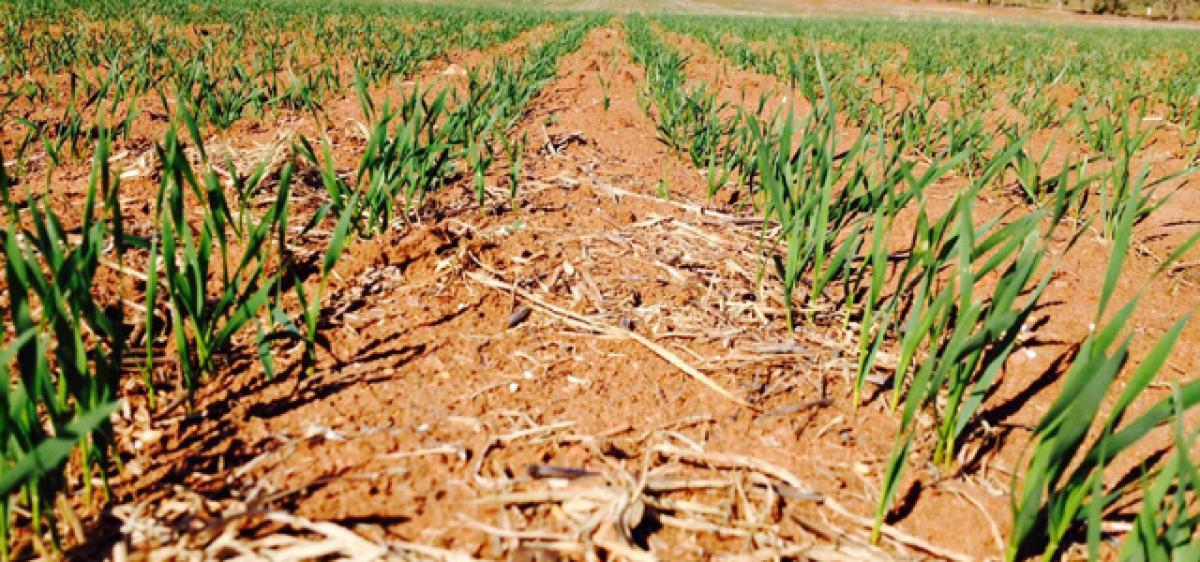Live
- Kejriwal tells Delhi voters to back AAP’s single-engine, shun BJP’s double-engine govt plan
- Man booked for objectionable posts on Hindu deities in Karnataka
- 'Own interpretation developed': SC trashes pleas challenging insertion of 'Socialist', 'Secular' in Preamble to Constitution
- Gurugram: Three including two women held in murder case
- Afghanistan: Six killed as vehicle falls into river in Badakhshan
- Complete failure in handling the situation: Congress on Sambhal violence
- Crucial UN plastics treaty talks begin in South Korea
- Delhi govt re-launched senior citizen pension scheme despite challenges: Bharadwaj
- PKL Season 11: We're determined to push for top spot in standings, says Puneri Paltan coach BC Ramesh
- Awareness Program on the Harmful Effects of Tobacco Products









